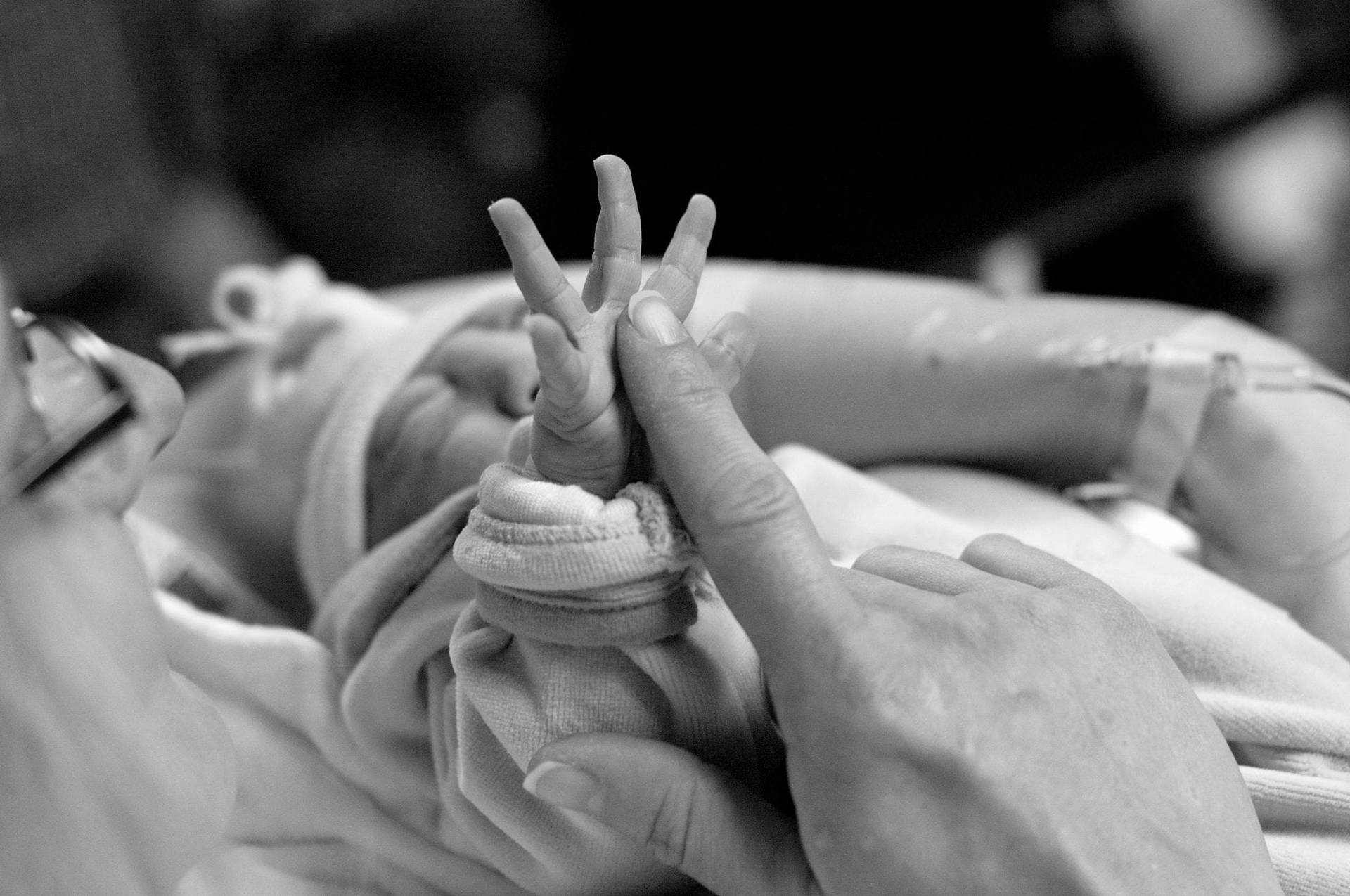Vatican astronomer Brother Guy Consolmagno, SJ, recent winner of the Carl Sagan medal, is no stranger to the debate about religion and science. The deep harmony between faith and reason is a point Consolmagno likes to emphasize in all his talks and books.
It’s perhaps easy to think of Consolmagno as a rare bird: a Jesuit brother trained in science as well as theology. But in fact, there is a grand tradition of priests who were also great scientists going far back in the Church’s history.
Here are some of the standouts.
Gerbert of Aurillac (946-1003)
The first geek pope took the name of Sylvester II when he was elected to the chair of St. Peter. Tutored in Spain, he became a teacher at the Cathedral School at Rheims in France, where he passed on his newly acquired knowledge of Arabic numerals and the astrolabe in writing. He also hand-crafted a spherical model of the heavens. Known as an armillary sphere, Gerbert’s ‘toy’ simulated the motions of the stars and planets revolving around the earth, and it employed wires attached to the sphere to map the constellations.
Christoph Scheiner (1573-1650)
A Jesuit, Scheiner was inspired by Galileo’s observations of the moons of Jupiter to make his own telescope and investigate sunspots. His first book started a dispute over their fundamental nature. Scheiner argued that sunspots were tiny satellites in orbit around the sun. Galileo convinced him in a series of letters that sunspots originated on the surface of the sun and were, in fact, manifestations of its changing state. Scheiner came to agree.
Some years later, when Galileo attacked his rivals in print — without naming them — Scheiner felt some remarks were aimed at himself, and he attacked Galileo in a more comprehensive book on sunspots in 1630. This probably didn’t help Galileo’s case when he was brought before the Inquisition for championing heliocentrism in 1633. In Scheiner, he lost an ally who could have been valuable in his own defense.
Father Lazzaro Spallanzani (1729-1799)
An Italian priest and biologist who first detailed the process of human digestion in chemical terms. He also investigated animal reproduction and conducted the first successful artificial insemination with mammals.
He conducted experiments to disprove a holdover from the Middle Ages: the belief in spontaneous generation — that life could originate from non-living matter. In the current age, where the origin of life is one of the toughest challenges facing modern science, it’s interesting that theologians (including Thomas Aquinas) ever accepted the idea that life could just pop up anywhere. Spallanzani disproved it.
Gregor Mendel (1822-1884)
Mendel was an Augustinian monk who conducted experiments in his monastery, cross-breeding garden peas to see how individual traits were passed on from generation to generation. From his observations, he derived what became known as the laws of genetic inheritance. Indeed, Mendel has since become known as the Father of Genetics.
But few people know that he immediately realized their importance for the theory of evolution, although he and Darwin never met or corresponded. Mendel had read Darwin’s “On the Origin of Species,” but Darwin, even though he had a book that included a summary of Mendel’s paper, never read the latter’s groundbreaking discoveries. It’s tantalizing to imagine what might have followed if he had.
Pierre Teilhard de Chardin (1881-1955)
Trained as a geologist, the French-born Jesuit spent many years in China investigating the fossil remains of early hominids, including one finding that remains one of the largest discoveries of what were later determined to be fossils of Homo Erectus.
Teilhard was also a visionary and something of a mystic. Over the course of his life, he forged a great theological synthesis of Christianity and evolution in several books and papers — none of which were published until after his death because of the controversial nature of some of his ideas.
In light of his own findings and the state of evolutionary biology at the time, Teilhard ventured to suggest that humanity’s fallen nature, so key a component of Christian doctrine, need not be wedded to a literal understanding of The Fall of Adam and Eve as it is recounted in the Bible. This got him into trouble not only with his Jesuit superiors, but also with the Congregation of the Index in Rome, which refused to let Teilhard publish his books.
In spite of these difficulties, Teilhard pressed on with his work, and in the decade after his death, his ideas had an enormous influence on many theologians (including Pope Benedict XVI) and even the documents of Vatican II.
Georges Lemaître (1894-1966)
The Belgian priest and physicist is known as the Father of the Big Bang. Lemaître probably would have shared the Nobel Prize for this if he had lived long enough. But a review of his work reveals that, in one sense, his role in the Big Bang overshadows more significant breakthroughs.
In 1927, he derived Hubble’s Law of cosmic expansion two years before American astronomer Edwin Hubble did. Lemaître was the first to champion the notion that Einstein’s cosmological constant represented a physical force that could be responsible for accelerating the expansion of the universe., an acceleration that was discovered in the late 1990s.
Finally, in the early 1930s, he developed a solution to Einstein’s field equations of general relativity that allowed J. Robert Oppenheimer and others to model black holes, years before they were even suspected to exist.
Not to dwell entirely in the past, it’s worth noting there are outstanding priest-scientists working in laboratories today.
Father Nicanor Austriaco is a Dominican biologist teaching at Providence College in Rhode Island. Austriaco, who got his PhD from MIT in 1996, runs his own lab, and specializes in the study of programmed cell death and its role in the spreading of cancer. His lab is playfully known as the Home of the Dead Yeast Society, and he has published a number of excellent papers in journals such as Cell and the Proceedings of the National Academy of Sciences.
As a student of St. Thomas Aquinas, who was also a Dominican, Austriaco has also taken a deep interest in the study of human evolution and how it can be reconciled with Catholic theology. Having met him and read some of his work, I’d venture to say that if there is going to be a Summa for the new millennium, he may be the leading candidate to write it.
John Farrell is a freelance science writer. His book, “The Day Without Yesterday: Lemaître, Einstein and the Birth of Modern Cosmology,” was published by Basic Books and is available on Kindle.
















